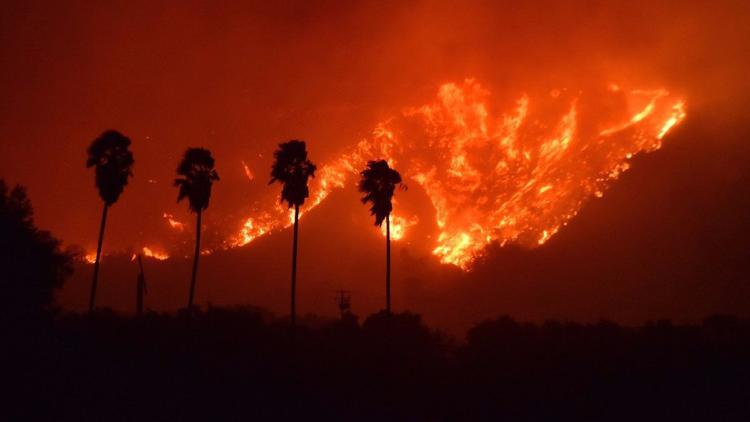Mechanical Energy Storage
There is increasing discussion of linking renewable energy
systems with pumped storage hydro facilities, with facilities that already
exist such as in Norway and Canada. Or finding solutions for countries with an
abundance of renewable energy production such as Denmark; because a large
amount of its electricity generated from wind is generated at periods of low
demand, necessitating export to Norway and Sweden. Although pumped hydro
storage alone will not be enough to meet Denmark’s renewable energy targets.
Pumped hydro storage is one of the most mature energy
storage technologies with 100 sites operating worldwide. However, it is
probably more viable to refurbish or repower an existing hydro storage plant to
improve its efficiency than build new plants. These plants have very significant
adverse impacts on the environment and require a suitable terrain, therefore
their deployment is severely limited.
During a typical day, “off peak” demand solar pv or other
renewable energy sources can be used to pump water to an upper reservoir. At
times of peak demand, the water would be released through a small hydro turbine
to generate electricity. This would also generate a commercial gain for
utilities from the net difference in power rates.
As with any hydro-power facility, locations to deploy pumped
hydro storage are limited. Sites must have a geographic elevation difference of
more than 400 feet, meaning that many (flat) countries and regions simply
cannot benefit from this technology. The site’s storage capacity is further
limited by the water capacity of the reservoirs. However, as with all storage
technologies, sites can be located at any point on the grid.
Though, even for flat countries there may be solutions, for
example, the Dutch government is investigating a plan to create a hydro storage
facility in a hollowed-out island in the North Sea. The site would be capable
of storing 30 GWh of energy.
Storing energy by compressing air in empty underground
aquifers in another possible solution to renewable energy’s intermittency. A
few large compressed air energy storage (CAES) applications are in operation in
Germany, Japan and the USA.



Comments
Post a Comment